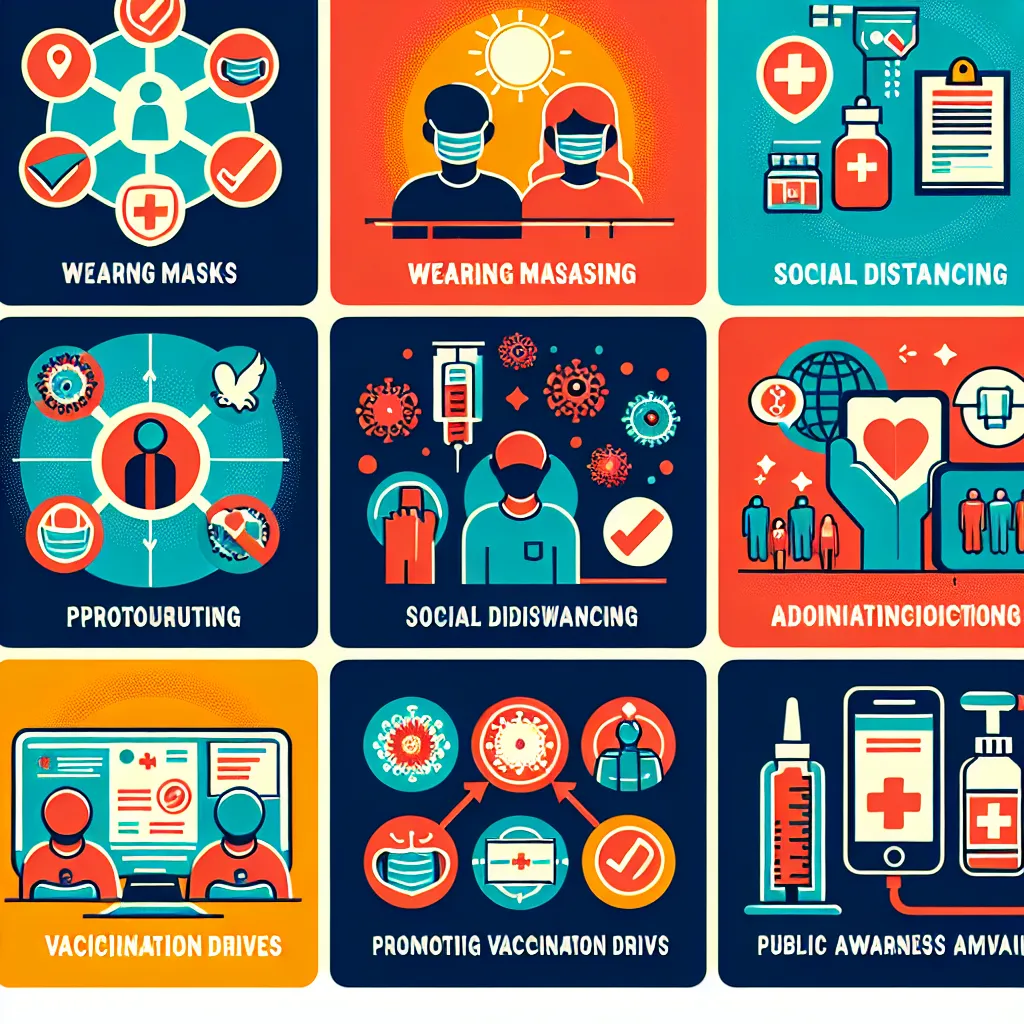Natural disasters are an ever-present threat to communities worldwide, making resilience a crucial topic in IELTS Writing Task 2. This essay question has appeared in various forms in past IELTS exams and is likely to remain relevant in future tests due to the increasing frequency of climate-related disasters. Let’s explore this topic through sample essays and in-depth analysis to help you prepare for your IELTS Writing Task 2.
Nội dung bài viết
Analyzing the Essay Question
For this article, we’ll focus on the following IELTS Writing Task 2 question:
Some people believe that the best way to promote resilience in communities facing natural disasters is through government intervention, while others argue that community-led initiatives are more effective. Discuss both views and give your own opinion.
This question presents a balanced argument about promoting resilience in communities facing natural disasters. It requires you to discuss two opposing viewpoints:
- Government intervention as the best approach
- Community-led initiatives as more effective
You must also provide your own opinion on which approach you believe is more effective.
Sample Essay 1: Band 8-9 Level
Natural disasters pose significant challenges to communities worldwide, and the debate on how best to promote resilience in these areas is ongoing. While some advocate for government intervention as the primary solution, others argue that community-led initiatives are more effective. In my opinion, a combination of both approaches is necessary to achieve optimal resilience.
Proponents of government intervention argue that the state has the resources and authority to implement large-scale measures. Governments can allocate substantial funds for disaster prevention infrastructure, such as flood barriers or earthquake-resistant buildings. Moreover, they can enforce building codes and zoning laws to reduce vulnerability to natural hazards. For instance, Japan’s government has implemented strict seismic design standards, which have significantly reduced earthquake damage in recent years.
On the other hand, supporters of community-led initiatives emphasize the importance of local knowledge and engagement. Communities intimately understand their specific vulnerabilities and can develop tailored solutions. These grassroots efforts often foster a sense of ownership and responsibility among residents, leading to more sustainable outcomes. The success of community-based disaster risk reduction programs in the Philippines, where local groups have developed early warning systems and evacuation plans, demonstrates the effectiveness of this approach.
In my view, the most effective strategy combines both government intervention and community-led initiatives. Governments should provide the necessary resources, expertise, and regulatory framework, while communities should be empowered to participate in planning and implementation. This collaborative approach ensures that top-down policies are informed by local needs and that community efforts are supported by adequate resources and technical knowledge.
In conclusion, promoting resilience in communities facing natural disasters requires a multi-faceted approach. By leveraging the strengths of both government intervention and community-led initiatives, we can create more robust and adaptable systems to withstand and recover from natural disasters.
(Word count: 298)
 Resilient community facing natural disasters
Resilient community facing natural disasters
Sample Essay 2: Band 6-7 Level
Natural disasters are a big problem for many communities, and people have different ideas about how to make these places stronger. Some think the government should take charge, while others believe local people should lead the efforts. I will discuss both views and give my opinion.
Those who support government intervention say that the government has more money and power to help. They can build big things like dams to stop floods or make rules about how to build houses safely. For example, the government can spend a lot of money on special equipment to predict earthquakes. This can save many lives because people can be warned in advance.
On the other hand, people who prefer community-led initiatives say that local people know their area best. They can make plans that fit their specific needs. When community members work together, they feel more responsible for keeping their area safe. For instance, in some villages, people have made their own warning systems using local materials, which work well for them.
I think both the government and local communities should work together to make the best plan. The government can provide money and experts, while local people can share their knowledge about the area. This way, they can make better decisions that everyone agrees with.
In conclusion, I believe that combining government help with community efforts is the best way to make places stronger against natural disasters. This teamwork can lead to better protection for everyone.
(Word count: 253)
Key Points to Remember When Writing
-
Essay Structure: Both essays follow a clear structure with an introduction, body paragraphs discussing each viewpoint, the writer’s opinion, and a conclusion.
-
Balanced Argument: Ensure you discuss both viewpoints equally before presenting your own opinion.
-
Specific Examples: Use concrete examples to support your points. The band 8-9 essay provides more detailed and sophisticated examples compared to the band 6-7 essay.
-
Language and Vocabulary: The higher band essay uses more complex sentence structures and advanced vocabulary, while the lower band essay uses simpler language but still maintains clarity.
-
Coherence and Cohesion: Both essays use linking words and phrases to connect ideas smoothly.
Important Vocabulary for This Topic
- Resilience (noun) /rɪˈzɪliəns/ – the ability to recover quickly from difficulties
- Intervention (noun) /ˌɪntəˈvenʃn/ – the action of becoming involved in a situation to improve it
- Initiative (noun) /ɪˈnɪʃətɪv/ – an act or strategy intended to resolve a difficulty or improve a situation
- Vulnerability (noun) /ˌvʌlnərəˈbɪləti/ – the quality of being easily hurt or attacked
- Infrastructure (noun) /ˈɪnfrəstrʌktʃə(r)/ – the basic physical and organizational structures needed for the operation of a society
- Grassroots (adjective) /ˈɡrɑːsruːts/ – of or relating to the common people, especially as contrasted with the leadership of a movement
- Sustainable (adjective) /səˈsteɪnəbl/ – able to be maintained at a certain rate or level
- Multi-faceted (adjective) /ˌmʌltiˈfæsɪtɪd/ – having many different aspects or features
- Adaptable (adjective) /əˈdæptəbl/ – able to adjust to new conditions or situations
- Collaborative (adjective) /kəˈlæbərətɪv/ – produced by or involving two or more parties working together
Conclusion
The topic of promoting resilience in communities facing natural disasters is likely to remain relevant in IELTS Writing Task 2. By understanding the key arguments and using appropriate vocabulary and examples, you can craft a well-structured and convincing essay on this subject. Remember to practice writing essays on similar topics, such as the role of technology in disaster prevention or the impact of climate change on community resilience. Feel free to share your practice essays in the comments section for feedback and further improvement.


